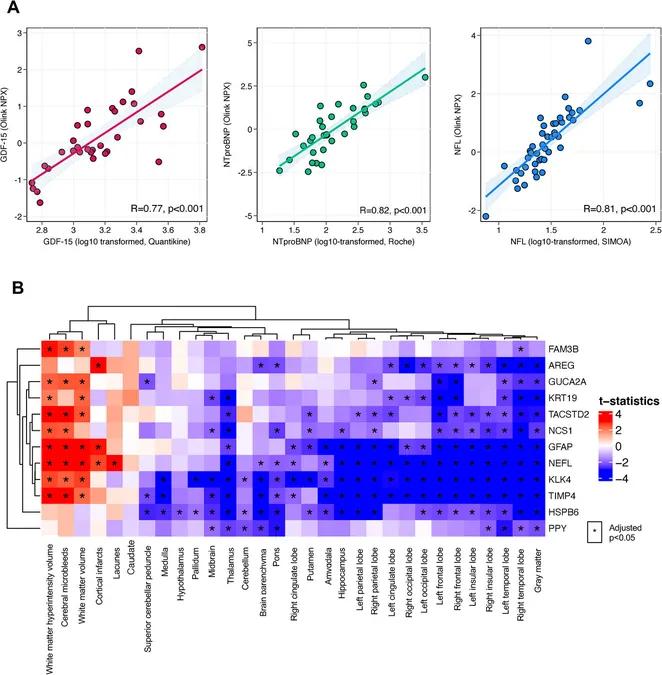
Breakthrough Research Unveils Origins of Childhood Brain Tumors Linked to Rare Nerve Cells
2025-05-07
Author: Mei
The Battle Against Medulloblastoma: A Common Childhood Tumor
Medulloblastoma, one of the most prevalent malignant tumors affecting children and adolescents, primarily targets the cerebellum—an area responsible for coordinating movement and balance. This aggressive tumor is notorious for its rapid growth, invasive behavior, and potential to spread, making effective treatment a complex puzzle for medical professionals.
Groundbreaking Discoveries by Leading Research Teams
A pioneering research collaboration involving experts from the Hopp Children's Cancer Center Heidelberg (KiTZ), the German Cancer Research Center (DKFZ), and Heidelberg University Hospital (UKHD) has shed light on the origins of these formidable tumors. Their study, recently published in the prestigious journal Nature, employs cutting-edge single-cell analyses to dissect tumor samples from young patients afflicted with medulloblastoma.
"Our research dives deep into the genetic intricacies of thousands of individual tumor cells, allowing us to map out the tumor's development with remarkable precision," says Konstantin Okonechnikov, the study's lead author. This groundbreaking technology reveals both 'early' and 'late' genetic transformations within the tumor.
Timing is Everything: When Do These Tumors Develop?
Strikingly, the research indicates that the most aggressive subgroups of medulloblastoma likely begin their development during pregnancy, between the first trimester and the first year of a child's life. This pivotal revelation highlights the critical period during which tumor precursor cells—specifically, unipolar brush cells in the cerebellum—undergo significant genetic changes.
How Genetics Play a Role in Tumor Formation
The study uncovers that these early cellular changes involve substantial chromosomal rearrangements, often occurring by chance. These mutations—characterized by the loss or gain of chromosomes—are hypothesized to be the initial steps in tumor initiation. "We believe these genetic alterations happen long before any clinical symptoms manifest," explains Lena Kutscher, co-lead of the study.
Implications for Future Diagnosis and Treatment
Importantly, later tumor cells exhibit alterations associated with known cancer genes such as MYC and MYCN, which contribute to tumor growth, metastasis, and therapy resistance. However, these genes do not drive the tumor's initial development. Lena Kutscher emphasizes the potential impact of these findings: "Developing advanced techniques for detecting these early genetic changes could pave the way for earlier diagnosis in newborns and infants, fundamentally transforming how we approach treatment for medulloblastoma."

 Brasil (PT)
Brasil (PT)
 Canada (EN)
Canada (EN)
 Chile (ES)
Chile (ES)
 Česko (CS)
Česko (CS)
 대한민국 (KO)
대한민국 (KO)
 España (ES)
España (ES)
 France (FR)
France (FR)
 Hong Kong (EN)
Hong Kong (EN)
 Italia (IT)
Italia (IT)
 日本 (JA)
日本 (JA)
 Magyarország (HU)
Magyarország (HU)
 Norge (NO)
Norge (NO)
 Polska (PL)
Polska (PL)
 Schweiz (DE)
Schweiz (DE)
 Singapore (EN)
Singapore (EN)
 Sverige (SV)
Sverige (SV)
 Suomi (FI)
Suomi (FI)
 Türkiye (TR)
Türkiye (TR)
 الإمارات العربية المتحدة (AR)
الإمارات العربية المتحدة (AR)